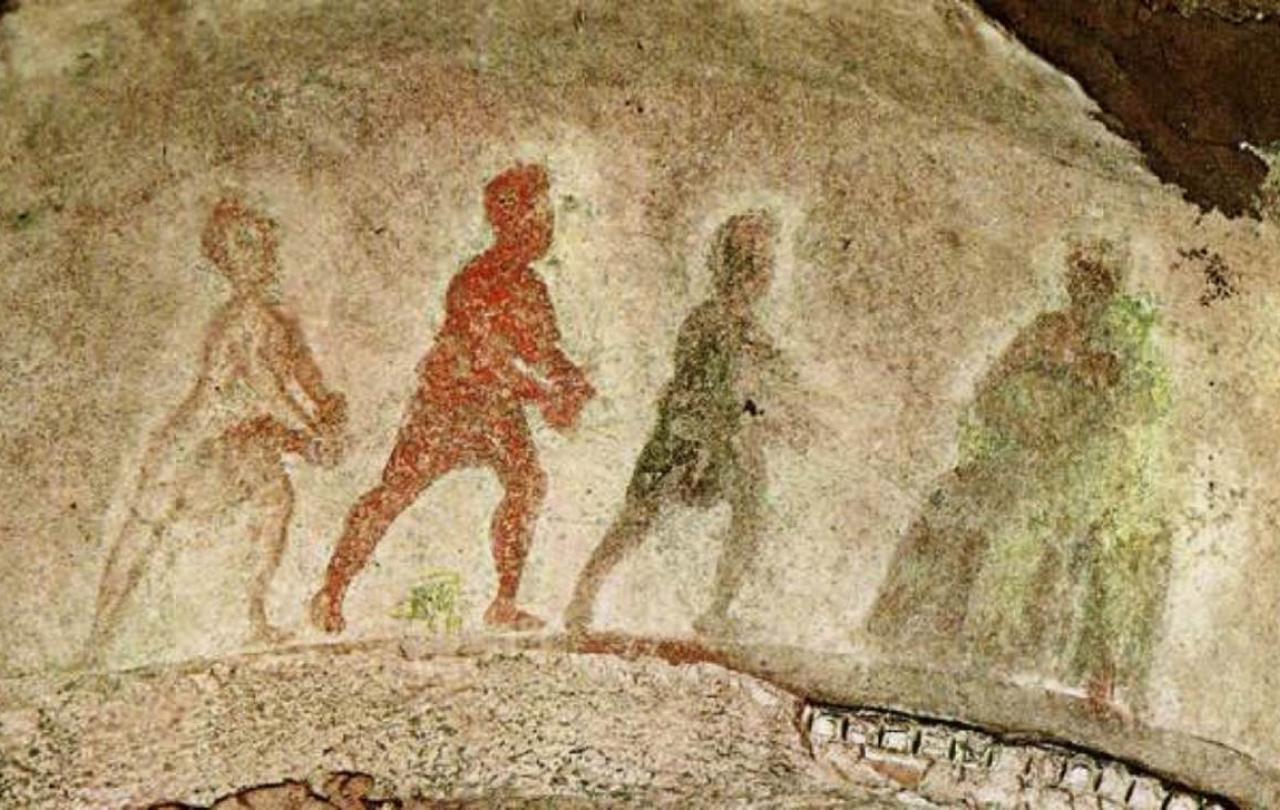
Our lives dance to the rhythm of anticipation and fulfilment. The food in our fridge, the concert in our calendar, the holiday on the horizon. From daily pleasures to longer-term goals, we inhabit the familiar routine of journeying and arriving.
The build-up to Christmas offers such a rhythm on a much wider scale, moving beyond the personal to a culture-wide experience. We receive our early warning alert in September as the mince pies hit the supermarkets. But by November preparations are in full swing. Retailer John Lewis has coined ‘the 45 days of Christmas.’ Their biggest day of sales for Christmas decorations is on November 10th. By December, the Christmas ads, Christmas lights and Christmas music become relentless. We make plans, buy presents, prepare food in a bid to deliver the promised Christmas cheer. And, finally, the big day comes – with turkey and trimmings. The length, breadth and depth of anticipation channeled into a single day.
And then it’s Boxing Day.
Boxing Day can have its own pleasures, but there’s also a sense of nostalgia, and even sadness. The wrapping paper left scrumpled on the floor from the night before, the leftovers in the fridge, the home emptied of guests, whether welcome or not. At best, we have the sad realization that the next Christmas is as far away as it could possibly be. But more likely, the realization that it wasn’t quite as good as we’d hoped, anyway. As Sylvia Plath memorably wrote in The Bell Jar:
“I felt overstuffed and dull and disappointed, the way I always do the day after Christmas, as if whatever it was the pine boughs and the candles and the silver and gilt-ribboned presents and the birch-log fires and the Christmas turkey and the carols at the piano promised never came to pass.”
And so the cycle goes on. At least there’s New Year’s Eve to look forward to. Or Easter, as the supermarkets swap mince pies for hot cross buns.
Our cultural Christmas struggles to wait. The joys of Christmas extend ever earlier, with searches for Christmas trees surging from immediately after the summer holidays.
Our modern Christmas rhythm is, in many ways, parasitic upon an ancient Christian one. In Christian tradition, the four weeks building up to Christmas is known as Advent. The word means ‘coming,’ for Advent is a period of expectant waiting both for the birth of Christ at Christmas, and also the hope that Jesus will return to put all things right. As such, it is a time of preparation, self-examination and fasting, as Christians ready themselves to stand before the judgement seat of God. Advent is followed by Christmas, celebrated for twelve whole days (as in the famous carol), which is why Christmas decorations went up on Christmas Eve, and came down on January 6th, twelfth night.
In many ways, the ancient pattern is similar to the modern pattern. Both are liturgical rhythms that mark and measure our years, as we inhabit cultural, familial and personal routines. Both involve anticipation and fulfilment, build-up and joy.
And yet the differences are also stark. Our cultural Christmas struggles to wait. The joys of Christmas extend ever earlier, with searches for Christmas trees surging from immediately after the summer holidays. But, more surprisingly, our cultural Christmas struggles to celebrate. That might seem strange given the quantity of food, wrapping paper and presents that we get through. But rather than twelve days of Christmas, we barely make it through one.
By contrast, the Christian tradition emphasizes the discipline of waiting. But not as an ascetic end in itself, as if joy is bad. Rather, the denial of waiting is replaced by the sustained joy of celebration. Twelve days of Christmas celebration is almost impossible for us to imagine – wouldn’t we get bored? Given our longing for joy, it’s somewhat surprising just how hard it is to sustain.
More deeply, these two contrasting Christmases place their weight in very different places. Our modern Christmas expects Christmas to deliver what we’re looking for: through friends, family, food and fun. But while we catch glimpses of joy, we’re often disappointed: the turkey is overcooked, the presents are not what we wanted, the kids are bickering. It’s no wonder that sometimes Christmas can struggle to bear the weight put upon it. It’s no wonder that Christmas Day can descend into disappointment, self-pity, even acrimony.
But the ancient Advent-Christmas rhythm, while incorporating these joys, deliberately seeks to place them within a larger story. The baby born at Christmas brings salvation from sin and death, turning Advent meditation on our future judgement from fearful cowering into confident expectation and present joy. This is hope and joy that does not depend on the perfect lunch, or the most sparkling of conversation. Instead, the greatest gift of Christmas is, well, Christ. And he can generate twelve days of celebration. In fact, he can generate joy for eternity. Rightly, C.S. Lewis described joy as ‘the serious business of heaven.’
This is not to condemn our cultural Christmas. Who wouldn’t enjoy a cheeky mince pie in October? But what if it isn’t capable of delivering what we all want? Perhaps our capacity for joy is larger – and rooted deeper – than we thought. In this world of disappointment, sadness and suffering, perhaps the route to such sustained joy is through rhythming our lives to a larger story.





